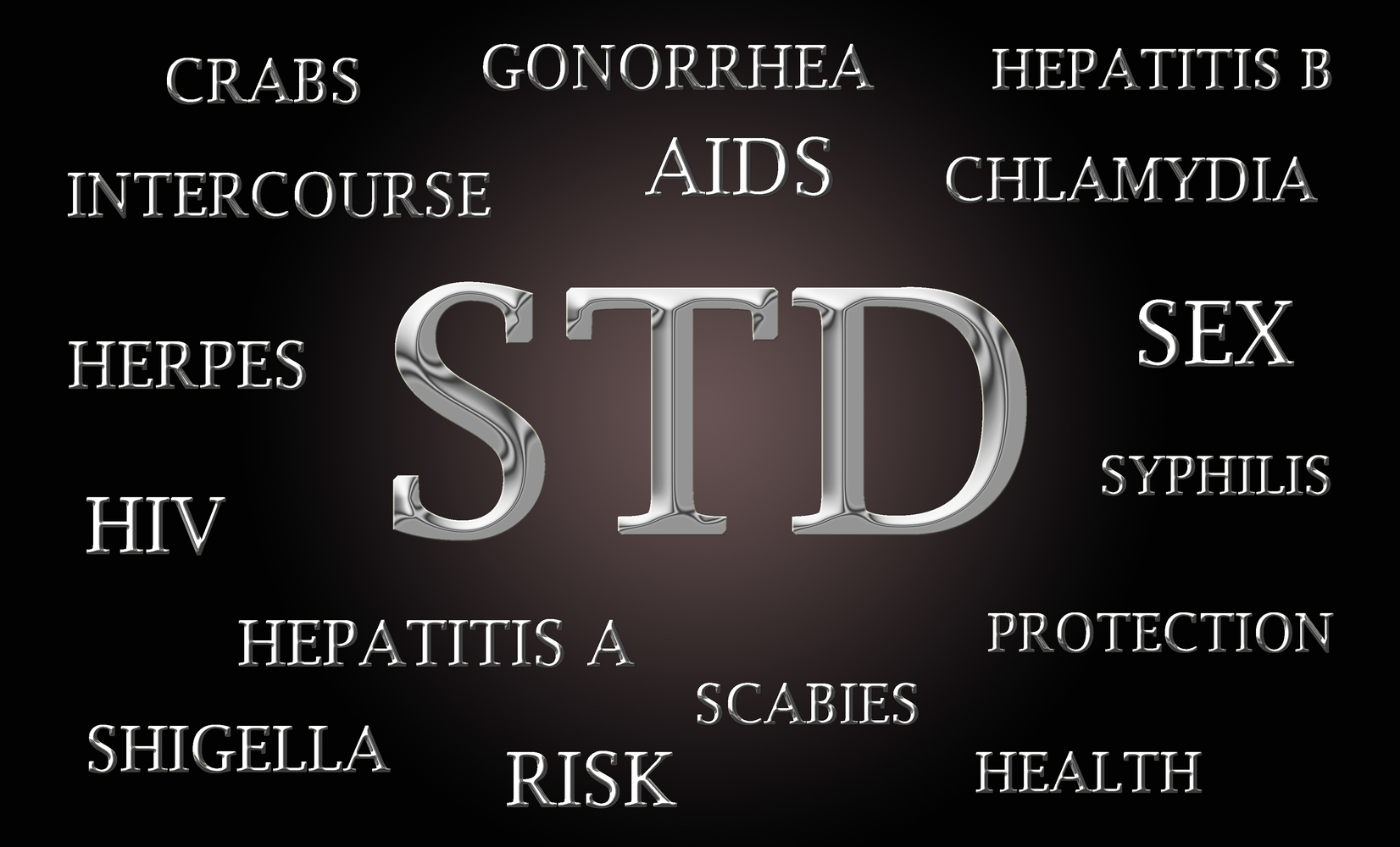
10 Things You Need to Know About STIs/STDs
Sexually transmitted infections (STIs) and sexually transmitted diseases (STDs) are more common than you might think. In the United States alone, there are about 20 million new cases of STDs each year. With treatment medications like Valtrex, Valacyclovir, and Acyclovir, treating herpes and other STDs has become more manageable. Furthermore, advancements in medical technology have made std testing more accessible, with std testing at home becoming an increasingly popular option. Here are 10 things you need to know about STIs/STDs.
1. Understanding the difference between STIs and STDs
While the terms are often used interchangeably, there is a slight difference between STIs and STDs. An STI refers to an infection that hasn’t yet caused symptoms or disease, while an STD refers to an infection that has led to disease. Essentially, all STDs start as STIs.
2. Common types of STIs/STDs
The most common types of STIs include human papillomavirus (HPV), chlamydia, gonorrhea, syphilis, herpes, and HIV/AIDS. Each of these infections has different symptoms and requires different treatment methods.
3. The importance of regular testing
Regular STD testing is crucial in maintaining your sexual health. Many STIs/STDs can be asymptomatic, meaning they show no symptoms. Regular testing ensures that any infections are caught early and treated promptly.
4. Treatment options
There are several treatment options available for STIs/STDs. Antibiotics can cure many bacterial infections, while antiviral drugs like Valtrex, Valacyclovir, and Acyclovir can help manage viral infections such as herpes. However, some STIs, like HIV/AIDS, have no cure but can be managed with medication.
5. At-home testing options
With the advent of at-home testing kits, it’s easier than ever to get tested for STIs/STDs. These kits allow you to take a sample at home and send it to a lab for testing. The results are then sent back to you, maintaining your privacy and convenience.
6. The role of vaccines
Vaccines play a crucial role in preventing certain STIs, such as HPV and Hepatitis B. Getting vaccinated is an effective way to protect yourself from these infections.
7. The importance of safe sex
Using protection during sexual activity is one of the best ways to prevent STIs/STDs. This includes using condoms and dental dams, as well as getting regular check-ups and vaccinations.
8. The risk of untreated STIs/STDs
If left untreated, STIs/STDs can lead to serious health problems, including infertility, cancer, and organ damage. It’s essential to get treated as soon as possible to prevent these complications.
9. The impact on pregnancy
STIs/STDs can also affect pregnancy. They can lead to complications such as premature birth, low birth weight, and congenital infections. Pregnant women should get regular check-ups to ensure their and their baby’s health.
10. The stigma surrounding STIs/STDs
Despite their prevalence, there’s still a lot of stigma surrounding STIs/STDs. This stigma can prevent people from getting tested and treated. It’s important to remember that anyone can get an STI/STD and that getting tested is a responsible and healthy decision.
Understanding STIs/STDs is crucial in maintaining your sexual health. With regular testing, safe sex practices, and the right treatment, you can protect yourself and your partners from these infections. Remember, your health is worth prioritizing, and there’s no shame in getting the care you need.


